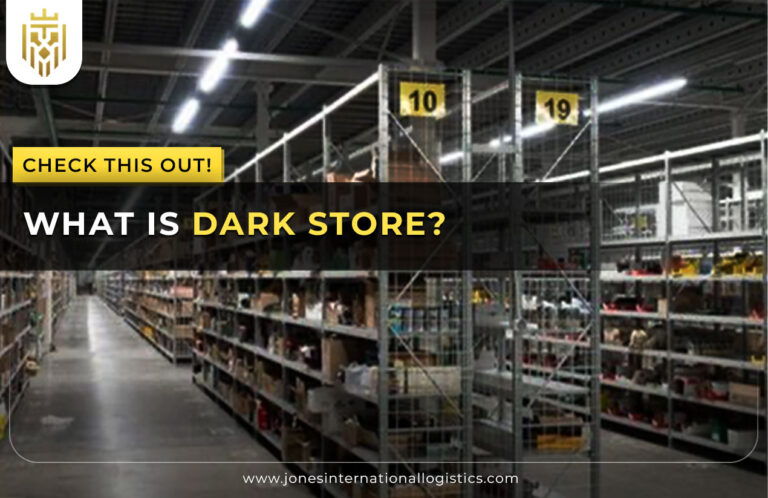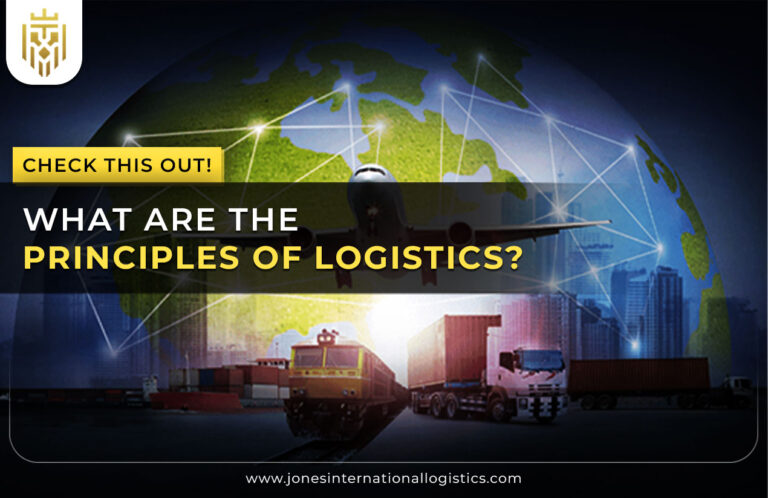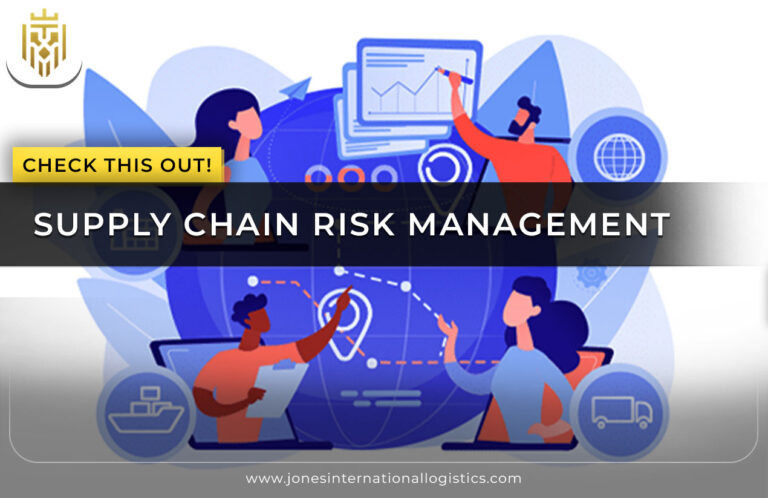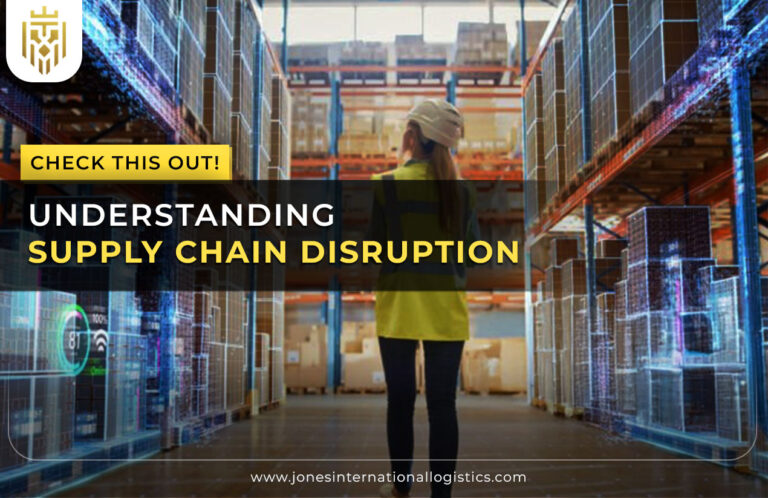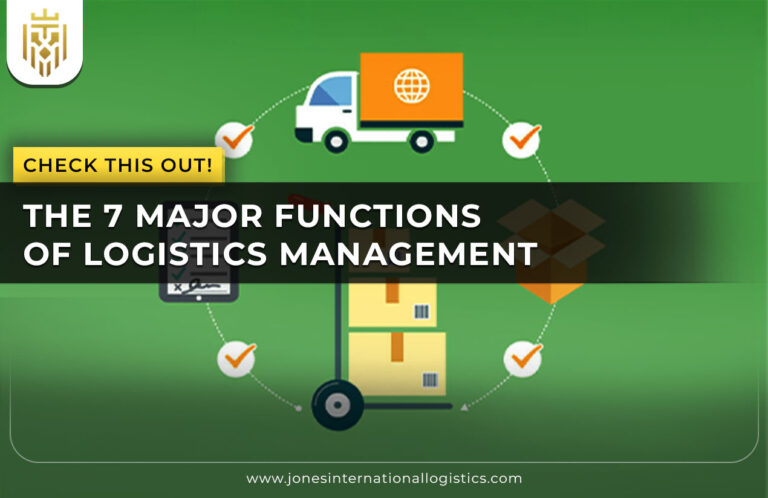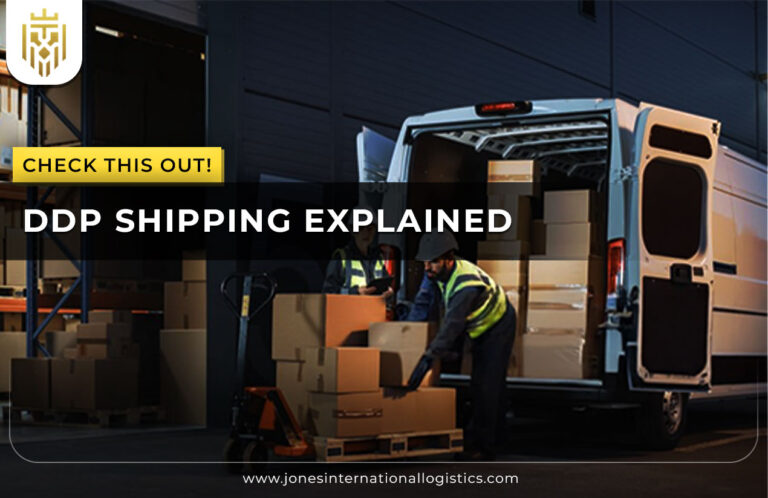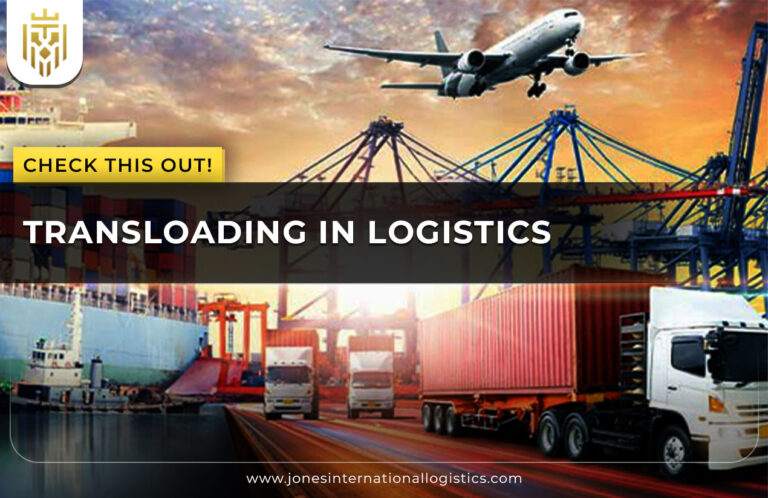What is supply chain risk management?
Supply chain risk management refers to the process of identifying, analysing, and addressing possible disruption points in the entire supply chain. It commonly involves preserving continuity, minimising vulnerabilities, and shielding operations from known and unforeseen risks. Supplier monitoring, logistics channels, regulatory changes, and external environmental conditions have to be considered so as to enable the easy movement of goods, services, and information. Being interconnected globally, proactive risk management is a foundational element for building a resilient and adaptable supply network.
The importance of supply chain risk management
An unprepared supply chain can suffer a sudden disruption, thereby damaging customer trust and substantially increasing costs while stalling the whole business operation. Instigated from one spot, a failure can tear through the whole network of suppliers. The scope of supply chain risk management makes businesses respond fast, mitigate the downtime, and protect their revenue. When risks are predicted, companies would develop strategies in the prevention phase toward service continuity and withstand competition in the market. The ability to keep risks from happening assures the stakeholders-from investors and customers-that the supply chain is managed.
The main risks to supply chain management
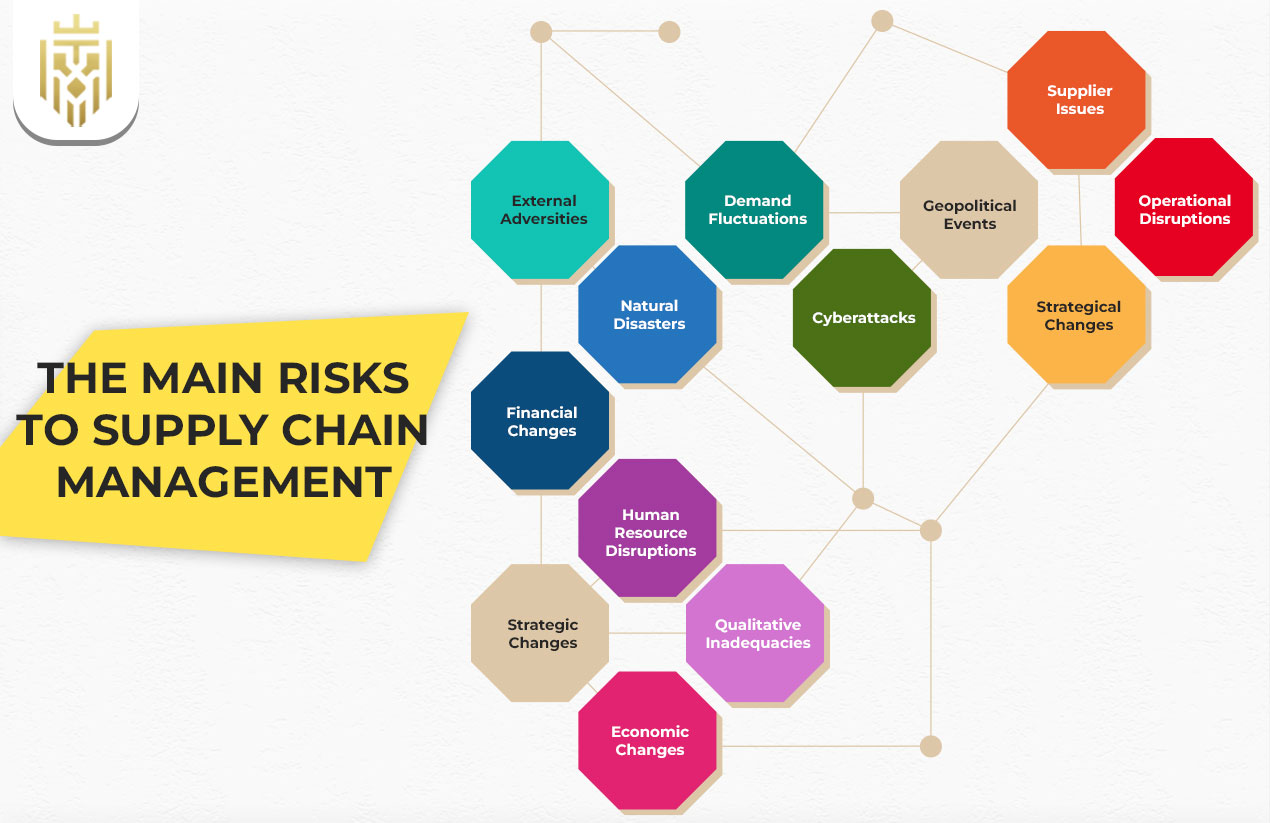
Every supply chain operates within a dynamic environment, and several factors can affect its stability. These risks range from external challenges to internal operational issues, each requiring specific strategies to mitigate potential damage.
External Adversities
Sometimes, external factors like political instability, economic sanctions, or strikes in the transport sector might delay or abort the movement of goods. Most of these conditions come into the picture with little or no warning, thereby requiring quick and adaptive variation in the contingency plan.
Natural Disasters
Disasters caused by nature, such as earthquakes, floods, or typhoons, are capable of closing down an entire supply route. Cases like damage to infrastructure or production plants may cause a serious disturbance of the production schedules as well as delivery deadlines.
Demand Fluctuations
Sudden increments in demand or bankruptcy of demand will raise conflicts in inventory and capacity planning. Such discrepancies might weaken the effort of a firm to satisfy orders or to dump inventory.
Cyberattacks
There are more frequent attacks on data, systems, and communication networks. If supply chain software and third-party platforms become under attack, this might lead to the leakage of sensitive information and contribute to paralysing operations.
Geopolitical Events
Modifications to trade agreements, tariffs, or cross-border regulations usually influence the manner and location of goods being transported. Changing geopolitical landscapes may either block or create opportunities.
Supplier Issues
Quality problems, financial instability, or production delays in any supplier expedite losses far beyond their facility. Strong dependency on a single supplier increases this vulnerability.
Operational Disruptions
Be it equipment, IT systems, or transport vehicles, their breakdowns upset the supply flows. Such disruptions are sometimes preventable by having decent upkeep schedules and systems redundancy.
Strategical Changes
A change in business models, mergers, or major expansions may unsettle what were previously steady supply chains. Transitions need careful planning so that they do not cause unintentional disruptions.
Financial Changes
Sudden changes in currency rates, credit terms, or world market trends affect the cost and supply of materials. Financial instability renders uncertainty in the entire procurement and planning.
Human Resource Disruptions
Labour shortages, strikes, or skill gaps may lessen productivity and cause shipment delays. Just as the physical infrastructure is important for operational continuity, so is the human infrastructure.
Strategic Changes
Product line changes or shifts in sourcing strategies, changes in customer priorities that affect customers in an adverse manner, could force higher demand on realignment of the supply chain. Without coherence, those changes can distract from greater operating efficiency.
Qualitative Inadequacies
If product quality or operational consistency fails, customers may lose trust and incur further costs. Maintaining uniform standards among all supply partners is of utmost importance.
Economic Changes
Macroeconomic changes, inflation, or recessions may influence the suppliers’ performance and the customers’ demand. The pressure of being adaptable increases with economic uncertainty.
Effective Supply Chain Risk Management Strategies
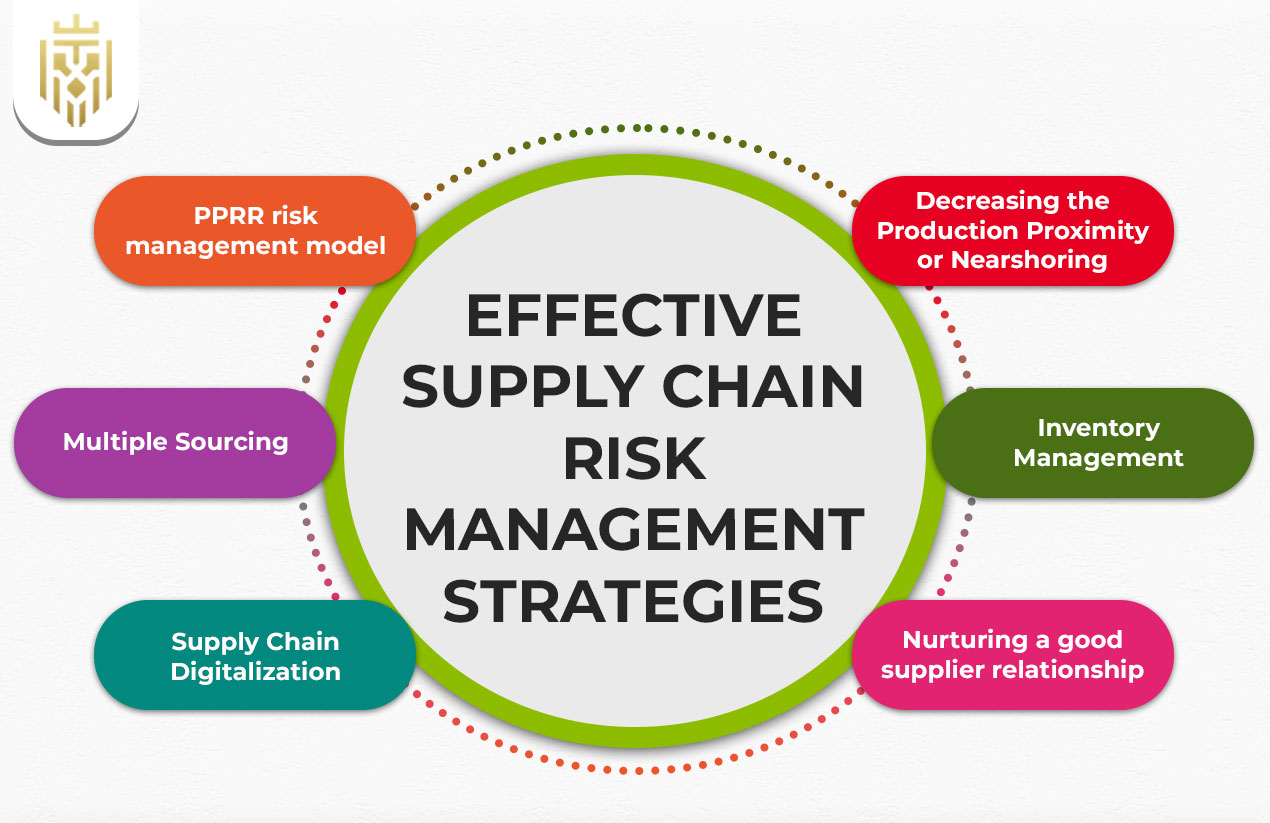
Managing risks effectively requires structured and proactive approaches. These strategies aim to strengthen visibility, improve flexibility, and maintain stability across the supply chain.
PPRR risk management model
As its acronym suggests, the PPRR model pertains to Prevention, Preparedness, Response and Recovery, a four-pronged approach to supply chain risk management. It accentuates the notion that the existence of disruptions must first be considered and avoided if possible. For those that cannot be avoided, adequate plans must be made for a swift response and efficient recovery.
Multiple Sourcing
To put it simply, a single supplier turns into a bottleneck. Multiple sourcing thus considers dispersing the risks and maintains continuity even when one supplier fails to deliver.
Supply Chain Digitalisation
Digital tools lend greater visibility and thus control over the entire supply chain. From real-time monitoring to predictive analytics, technology is at the forefront in risk identification and streamlining of responses.
Nurturing a good supplier relationship
Trust and transparency with suppliers augur well for communication and collaboration in times of disruption. Along with that, a good relationship assists in overcoming the obstacles very quickly as they come along.
Inventory Management
Inventory control establishes a balance between having too much and too little to ensure supply. Safety stock, JIT models, and demand forecasting all lead to greater reliability in operations.
Decreasing the Production Proximity or Nearshoring
Proclaimed close to consumption points will reduce dependence on long and fragile supply lines. Nearshoring can diminish the ways one is exposed to international disruptions and shorten lead times.
How to reduce supply chain risks
A proactive approach to risk reduction keeps supply chains flexible and responsive. Several key actions can make a meaningful difference in building a resilient operation.
Early Risk Identification
Earlier the risk realisation, the businesses may act to rectify before anything worst happens to them. Regularly reviewing the supply chain for vulnerabilities helps to raise flags about possible weaknesses in the pipeline.
Regular risk assessments
These assessments guarantee that a new threat will not pass unnoticed. New suppliers, markets, or regulations should always trigger a reassessment of risk exposure.
Diversifying Supply Bases
The more extensive a supplier network, the lower the dependency upon a single region or vendor. Diversity in sourcing increases flexibility and safeguards continuity.
Effective Contract Management
A well-drafted contract states clearly the parties’ expectations, responsibilities, and actions in a contingency. Such contracts are there to offer a legal remedy should the opposite party not perform or raise a dispute.
The benefits of supply chain risk management
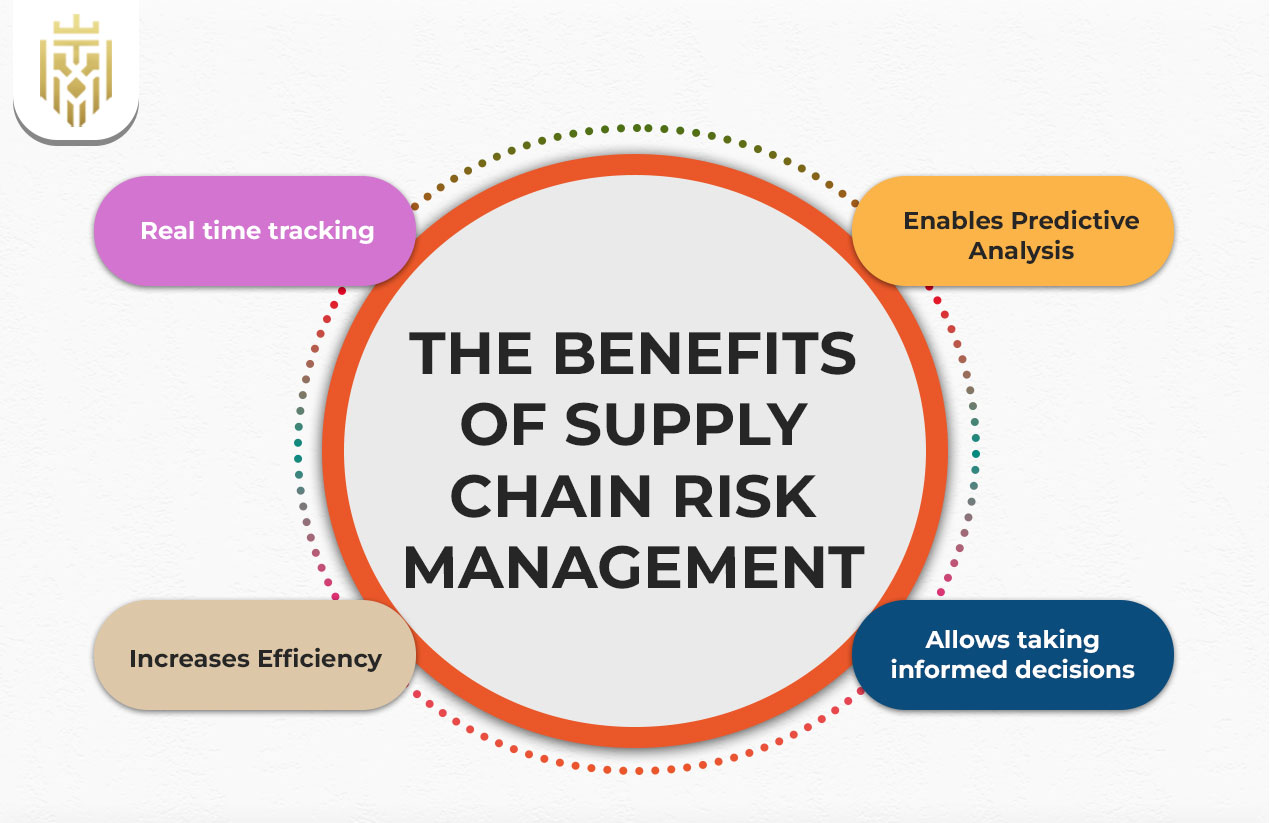
Real time tracking
Visibility into shipments, inventory, and supplier action allows timely responses to such events. Real-time tracking assures control and confidence in rapidly changing conditions.
Increases Efficiency
Seamless operations are facilitated by early identification of potential issues and their procedural resolution. This lowers unnecessary stoppages and brings about consistency in workflow.
Allows taking informed decisions
Insights from past and present data provide the rationale for planning, budgeting, and forecasting. Businesses decree upon an understanding of potential risk and impacts.
Enables Predictive Analysis
With analytics, possible drawbacks can be forecasted based on trends and historic evidence. Instead of reacting, the system progresses to applying predictive analysis for managing risks.
Conclusion
Nowadays, supply chain risk management has gained a new and serious dimension. Disruptive activities might exist anywhere in the chain-from geopolitical tensions to natural disasters to digital threats. Not just disrupting and making losses, an apt risk management strategy helps in growth, modification, and consistent service delivery to the customer. By developing the right strategies, modern trends, and technology, the supply chain will be made resilient, thus protecting the business and creating a competitive advantage.
FAQs
1) What is supply chain risk management?
It means identifying, assessing, and mitigating risks that may interfere with the flow of goods and services throughout the supply chain. An effective supply chain ensures continuous operation, reliability, and long-term functional stability.
2) How to reduce supply chain risks?
Early identification of threats, regular risk assessment, diversification of supply sources, enforcement of tighter contract control, and adoption of digital tools with supply chain visibility and control are ways to mitigate risks.
3) How to identify risks related to supply chain?
Risks can be identified through regular audits, supplier evaluations, market analysis, and monitoring of geopolitical and economic indicators. Technology can also assist in flagging patterns that signal potential issues.
4) What are the best practices for supply chain risk management?
Some of the best practices include multiple sourcing, digitalisation, maintaining strong supplier relationships, ongoing risk assessments, nearshoring, and implementing structured models such as PPRR.

